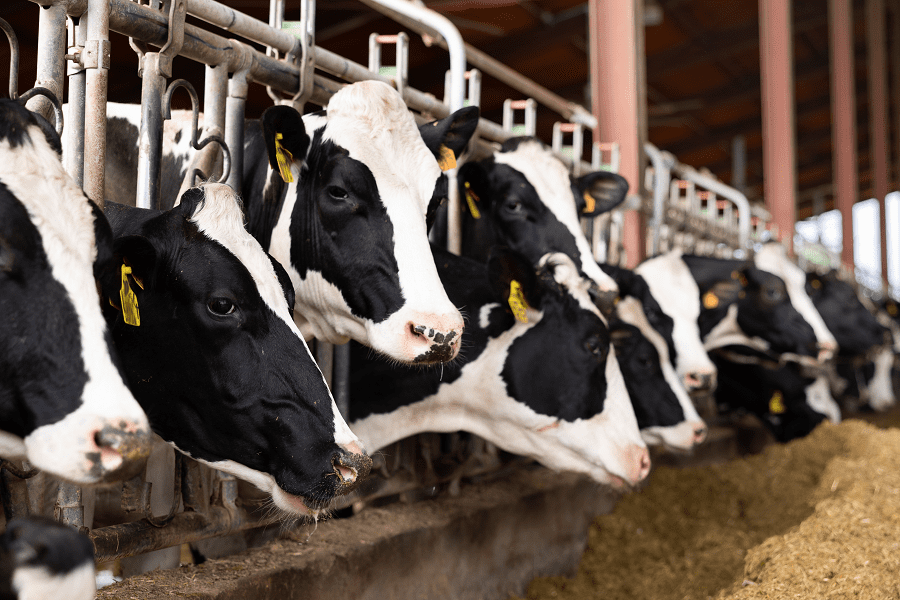Revised Dairy Code of Practice: What Does It Mean for Us?

by Dr. Clem Nash
The revised Code of Practice for the Care and Handling of Dairy Cattle will be integrated with proAction to reinforce consumer perceptions of Canadian dairy farmers as global leaders in animal care.
I am sure many in the industry are aware of the revised Code of Practice for the Care and Handling of Dairy Cattle available through the National Farm Animal Care Council (NFACC) that launched last year. The revised code was developed through an intensive multiyear review by both a scientific committee and a code committee made up of an array of dairy stakeholders including producers, veterinarians, researchers, processors, animal welfare groups and more. The requirements within the revised code went into effect on April 1, 2024.
A large portion of the requirements within the revised code are already covered under the various modules of our proAction program in Canada; however, there are a few requirements that stand out as new and potentially impactful for dairy farmers. These include, but are not limited to: social housing of calves, gradual weaning, reduced stocking densities for freestalls, freedom of movement during calving and freedom of movement for mature cows in tiestall systems. For a complete list of requirements, I strongly suggest reading the revised code (www.nfacc.ca/codes-of-practice/ dairy-cattle) directly and visiting the Dairy Farmers of Canada (DFC) website for additional resources (dairyfarmersofcanada.ca/en). What some may not be aware of is how these changes will be incorporated into proAction and the value they bring to our industry.




